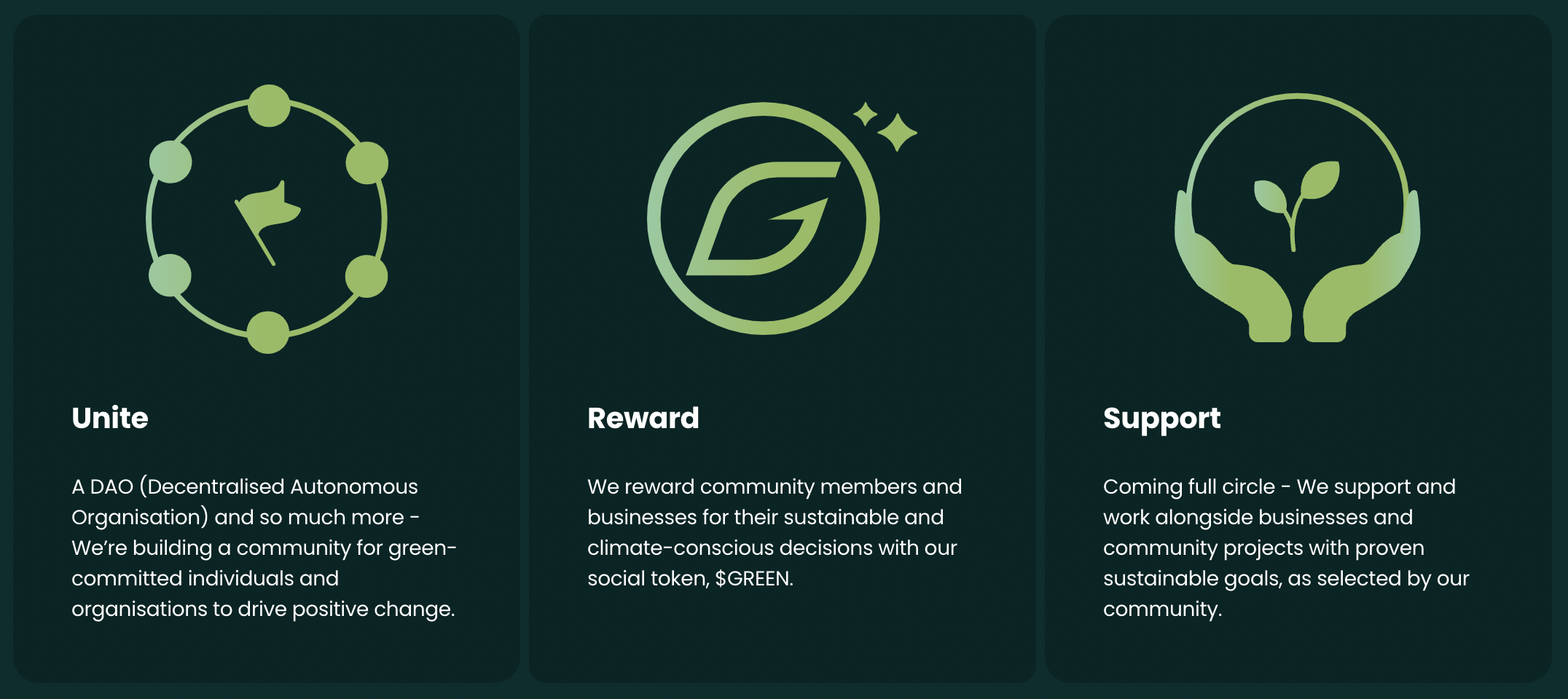What Does it Mean to be a “Green” Token?
Being “green” does not only take into account the environmental aspect. We live in an interconnected ecosystem, where every action, every stakeholder, every decision, will have a huge effect to the world. In 2015, the United Nations adopted a blueprint that includes 17 Sustainable Development Goals, which includes all natural capital, human capital, as well as the social capital. To own a token that is “green” is more than reducing the amount of energy-consumption that requires to produce the token.
Governments’ goal for decarbonisation: An overview of Hong Kong
Take Hong Kong government’s effort to fight climate change as an example. In 2021, the Hong Kong Government set a decarbonisation target that aims to reduce the city’s carbon emissions by 50 per cent before 2035 with 2005 as the baseline. The Hong Kong’s Climate Action Plan 2050 seeks to pursue a more proactive initiative on decarbonisation targets. The four major decarbonisation strategies in the CAP 2050 are: Net-zero electricity generation, energy saving and green buildings, green transport, and waste reduction.

Needless to say, relying purely on the efforts from businesses and the government to achieve the goals by the target year may be a far reach; it is crucial for every individual to participate in the accelerating the goal to a greener, cleaner, and more sustainable society. However, to get everyone onboard with the same vision, we must start from the root problems – our behaviours.
Sustainability in Hong Kong has been seen as a “premium” issue due to the added costs in sustainable products. This deters individuals like you and me from making the choice to purchase sustainable items, especially when presented with a less sustainable product with less price. Moreover, we usually do not think one purchasing decision can make a difference. Well, now we can.
Green Token – The time for change is NOW
Introducing Green Token – the on-chain solution that unites, supports, and rewards sustainable actions. Let’s take a closer look of the 3 major pillars of the Green Token Ecosystem below.
Unite: The first pillar is uniting purpose-driven individuals and organisations.
By bringing together various stakeholders in a single ecosystem, Green Token fosters community. To promote systemic change, we want to widen access, share best practices, and reduce obstacles. The foundation is really the community. The Green community is varied, with individuals holding a wide range of interests and ideologies.
The goal of Green Token is to integrate people, businesses, and NGOs into one ecosystem. We may combine incentives to bring about change by using the strength of the $GREEN Token. With a community that empowers individuals to influence their own behaviours, our actions can stimulate communal change, bringing a positive trend in taking sustainable actions for a better future.
Reward: The second pillar is supporting movements that work towards the same goal.
The capacity to support projects that are beneficial in all social, economic, and environmental contexts is what gives the Green Token project its long-term significance. Supporting companies and neighbourhood initiatives will aid in the general Green Token Project’s achievement of sustainable development. The Green Token Community will also have access to project assessments and due diligence for sub-DAOs that are partially managed by it.
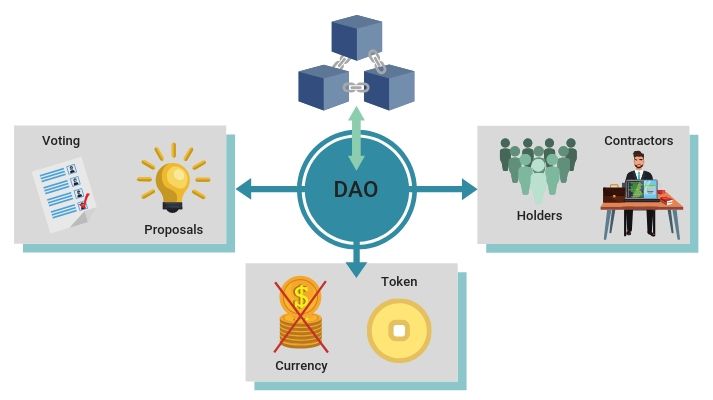
Green Token Sub-DAOs will have the information necessary to decide how to spend their $GREENs in a way that will have the biggest positive impact on the environment and society while remaining profitable. All of the educational and mentorship tools, as well as the whole Green Token Community, will be available to supported projects.
Support: Last but not least, the third pillar is rewarding collection sustainable actions.
Small behavioural adjustments over time can have a significant impact. We will motivate people to get involved in the collective climate means to bring about improvements in our society through our relationships with various advisories, media, and corporations. These individuals will receive Green Tokens for their contributions to the community.
Measurable data (i.e., KPIs) will be provided by Green Token Partners wanting to use Green Token Rewards in order to track their progress toward their sustainability performance goals. We will be able to explain to the Green Token community how we are bringing about change for a sustainable future. In addition, partners can provide extra value by providing both socially and environmentally friendly products and services in exchange for $GREEN.
But is cryptocurrency truly sustainable?
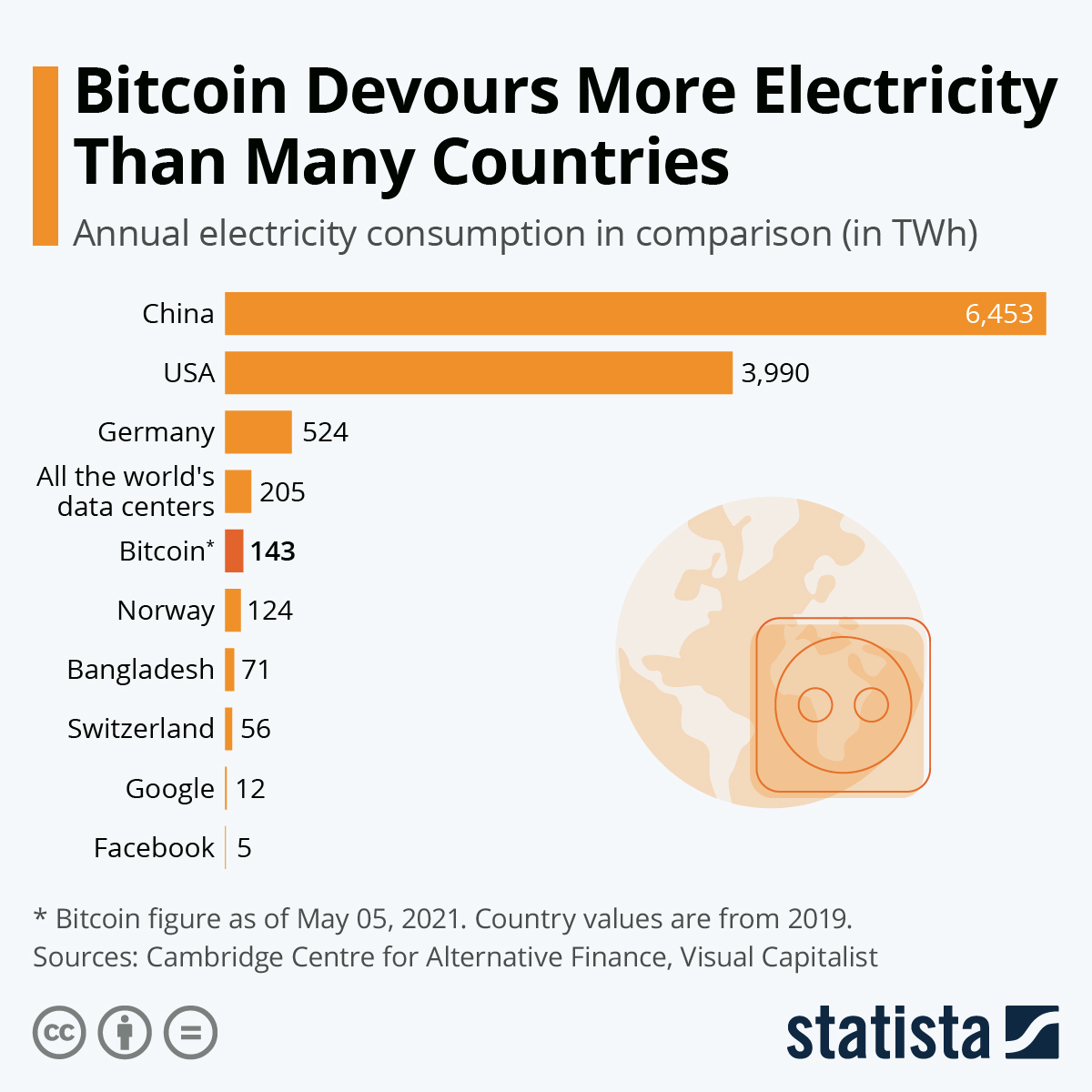
Now that you understand the scope of work revolves around Green Token, , perhaps another question will come to your mind: How is cryptocurrency and blockchain sustainable to the environment?
The energy-intensive processes required for each transaction and for “mining” new coins are what have the biggest negative effects on the environment from cryptocurrencies.
An example would be the outcry that comes after environmentalists learned about how much energy Bitcoin has been using.
As a result, numerous social and environmental groups have criticized cryptocurrencies for having a huge carbon footprint and harming the environment.
Role of Ethereum in Green Token’s Ecosystem
Green Token is an ERC20 (Ethereum Request for Comments 20) token, connecting Polygon and BSC networks.
With an update known as “The Merge,” Ethereum is transitioning from proof-of-work (PoW) to proof-of-stake (PoS), the consensus mechanism that drives Bitcoin transactions. A forest the size of Belgium would need to be planted every year to offset the greenhouse gas emissions that Ethereum’s switch to proof-of-stake (PoS) would prevent.
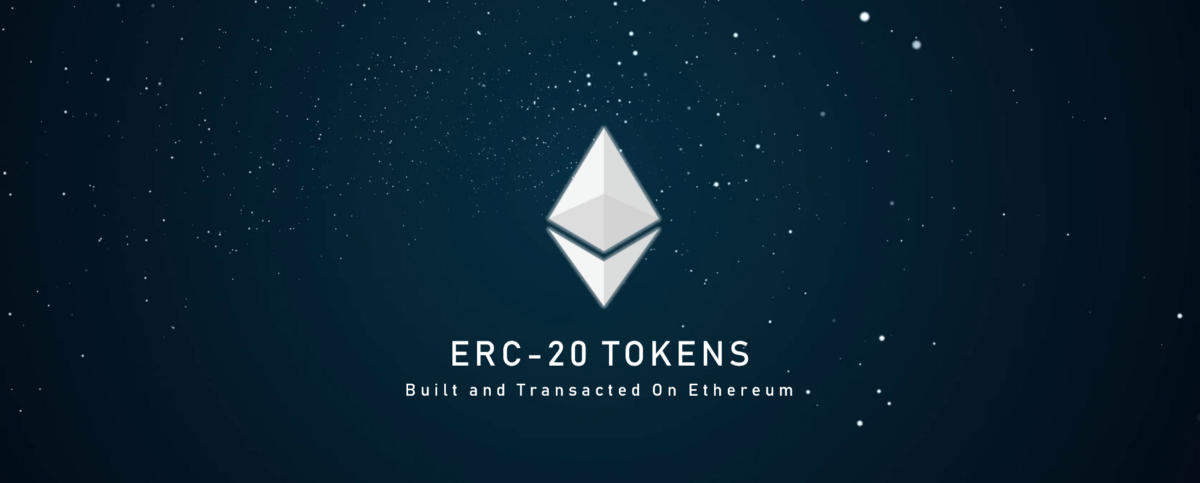
According to the Ethereum Foundation, the PoS consensus mechanism will reduce energy consumption by 99.95%. Token holders confirm block transactions depending on the amount of staked assets. According to the Ethereum Foundation, this will reduce Ethereum’s carbon emissions from 147.86 kilograms per transaction to 0.07 kilograms per transaction, making it nearly 17,000 times more efficient than Bitcoin in terms of carbon emissions. Additionally, it would reduce the quantity of trees needed to counteract the carbon emission required.
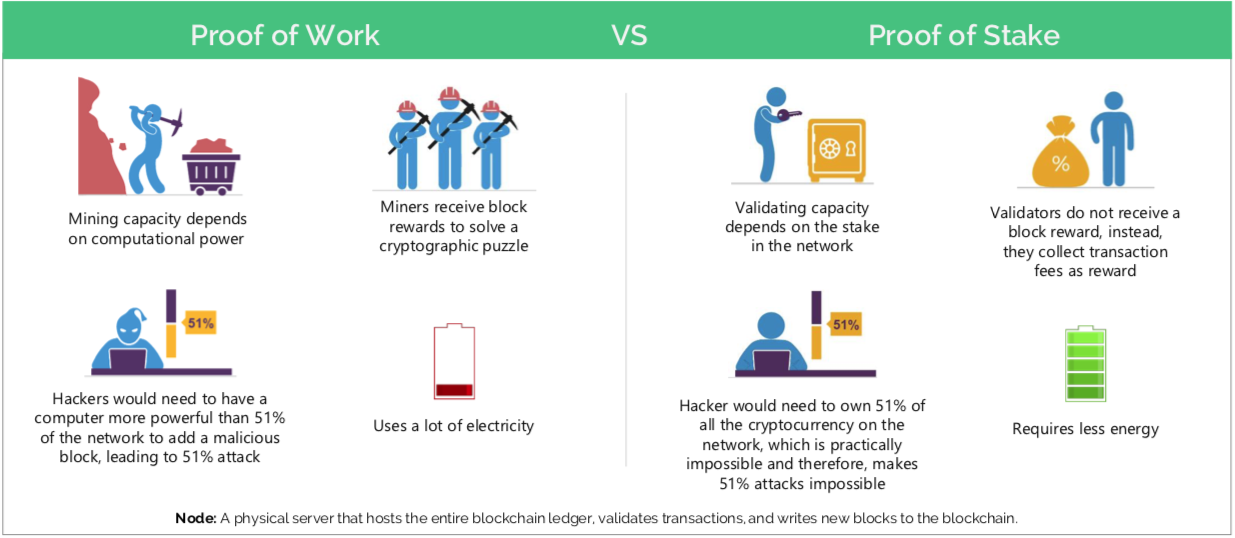
As a result, the improvements guarantee secure yet efficient energy utilization. In a PoS system, validators are chosen based on how much ETH they have staked (deposited) in the network. They therefore have a motivation to conduct honorably because doing so risks having their investment reduced or eliminated. Since there won’t be any more “mining”—thousands of graphic cards contending for the next block—there will be virtually no energy consumption beyond the expense of the servers that power the nodes.
Join us in the Revolution!
Overall, with the help of technology, we can build a community that strives on sustainable actions. One action is enough to create a butterfly effect, further encouraging your peers and close circles to move towards a greener living environment.
Let’s build a community where you can support businesses and projects, be rewarded for your climate actions, and to connect with other individuals who are just as passionate about sustainability as you. So, what are you waiting for? Come join the Green Community by owning $GREEN!
